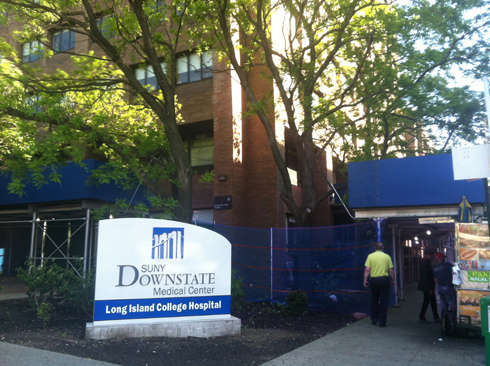Ideas offered at meeting to save SUNY Downstate
But LICH supporters wonder if anyone was listening

At Monday’s town hall looking for suggestions to save financially troubled SUNY Downstate Medical Center, many supporters of Long Island College Hospital (LICH) said that the process of coming up with a workable plan to save the Medical Center – and with it, LICH – was too rushed and did not truly include the community.
State Senator Daniel Squadron thanked Chairman McCall “for the opportunity to submit testimony” but added, “It’s crucial that any decision on LICH and Downstate’s future includes community and legislative input. I continue to urge the state to form a working group to ensure those voices are a key part of the process.”
LICH, in Cobble Hill, has been tethered to SUNY Downstate in East Flatbush since SUNY took it over two years ago. After an initial attempt to close the 155-year-old hospital was shot down, SUNY issued a Request for Information (RFI) on May 1 from qualified parties who might take over some or all of the operations of LICH.
